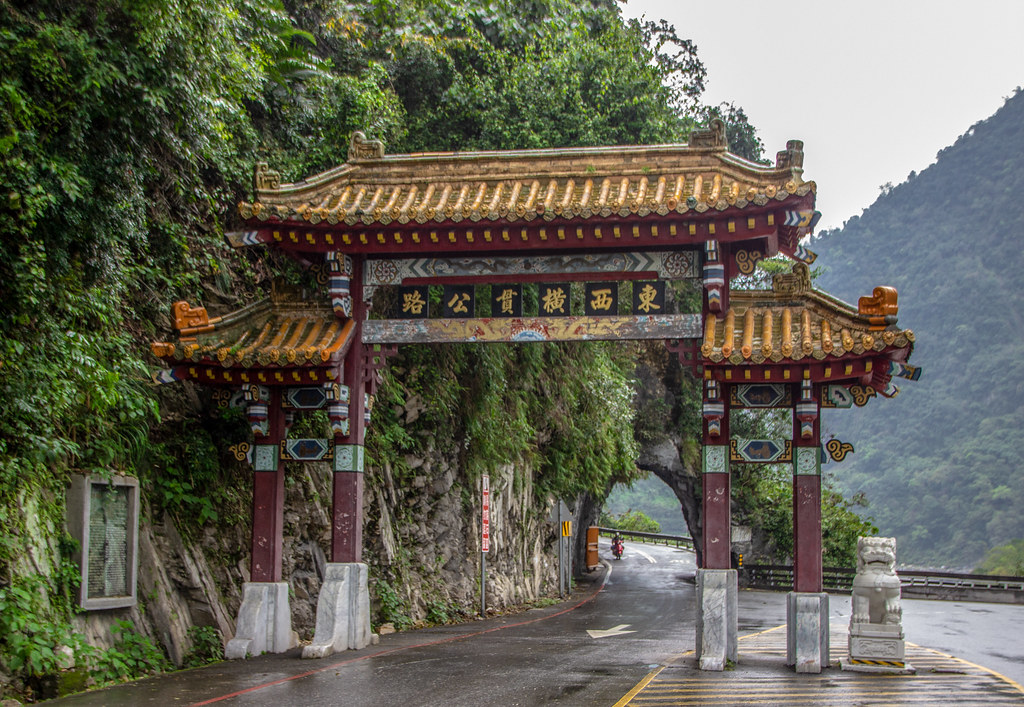About Taiwan
A controlled territory of the Republic of China (ROC), Taiwan consists of 168 islands southeast of China. Its main island (99% of area) is called Formosa with the capital city, Taipei. Taiwan lies 180 km southeast of China across the Taiwan Strait at the junction of the East and South China Seas. Taiwan politically splits between those wanting a Chinese Unification and those advocating an independent Taiwanese identity. The currency is New Taiwan Dollar. Taiwan has 15,000 Chinese temples that celebrate Buddhism, Taoism and Confucianism. Most noteworthy are Lungshan Temple in Taipei, Temples of Lotus Pond in Kaohsiung City, Tainan City’s Matsu and Hsinchu’s City God Temple. I explored Taiwan as an Acupuncturist-at-Sea and created the Taiwan Travel Guides below.
The main island is a tilted fault block, shown between the eastern two-thirds, consisting of five mountain ranges. The eastern half is heavily forested with diverse wildlife. In contrast, the western third is mainly flat to rolling plains, where most of the Taiwanese population resides. The island experiences many earthquakes and even has active submarine volcanoes in the Taiwan Strait. Taiwan consists of four terrestrial ecoregions: Taiwan subtropical evergreen forests, Jian Nan subtropical evergreen forests, South China Islands and South Taiwan monsoon rainforests. Taiwan has various climates with the northern and central being subtropical. The southern climate is tropical and the mountainous are temperate. The rainy season is in May and June. Typhoons are most common July – September. During the winter months, the northeast experience more rain, whereas the central and southern areas remain mostly sunny.
Taiwan has 9 National Parks and Taroko National Park is the most popular.
This geological magnum opus is just a half hour drive northeast of the eastern port city, Hualien. Taroko Gorge bisects the earth, opening its gorgeous marble depths in narrow passageways for 19 km. It runs between the Pacific Ocean on the east and the Syue (Snow) Mountains to the west. Overall, the dramatic marbled canyon walls, embedded with schist and green gneiss, displays the artistry of wind, water and time. One of the main attractions for the gorge is Swallow Grotto, forming narrow passageways, (as small as 12 meters apart in some areas) carved out by the river with 2 steep, almost vertical canyon walls of marble, gneiss and schist on each side.
Taiwan Travel Guides
Fascinating Taiwanese Tea Tour in Taipei & Health Benefits
In Taiwan the tea ceremony is a spiritual practice or meditation. Being in one takes you to the roots of…
Taiwan’s Incredible Taroko National Park Tour Highlights
As the largest marble canyon in the world, a Taiwan Taroko Gorge tour is a one-of-a-kind destination. Exploring here is…
Taipei’s Lungshan Temple & Herb Lane in Historic Manka District
I set off for Lungshan Temple in Taipai, along with the nearby Herb Lane on a warm, sunny day in…
Amazing Day at Taiwan’s Yangmingshan, Geothermal Spa and Yehliu Geopark
Taiwan’s volcanic landscapes & spas make wonderful day trips near Taipei offering wellness travel and eco-tourism. First, I explored the…
Colorful Lotus Pond Temples in Kaohsiung City, Taiwan
The Lotus Pond Temples are an eclectic blend of beauty, spirituality and quirky kitsch. Let’s just say, the Disney Land…






